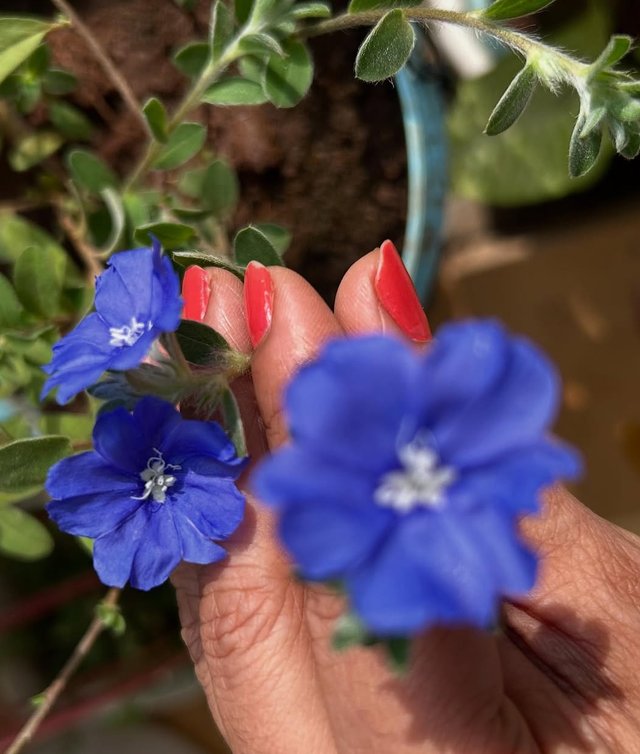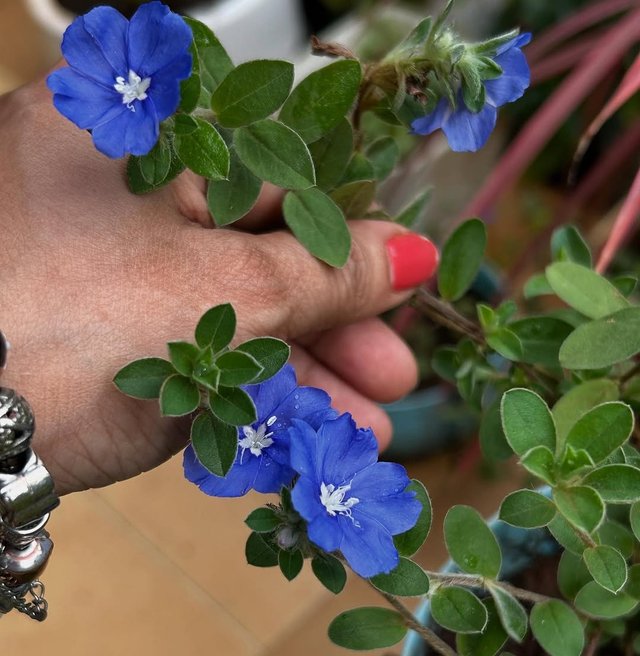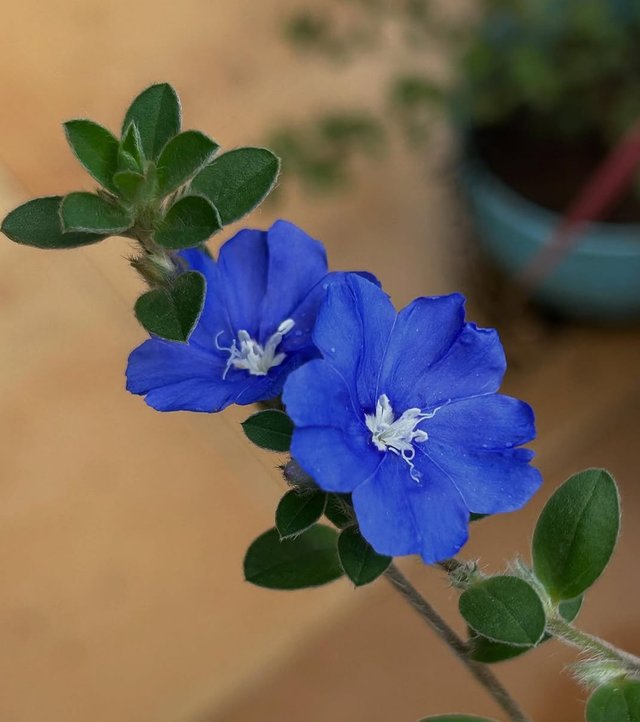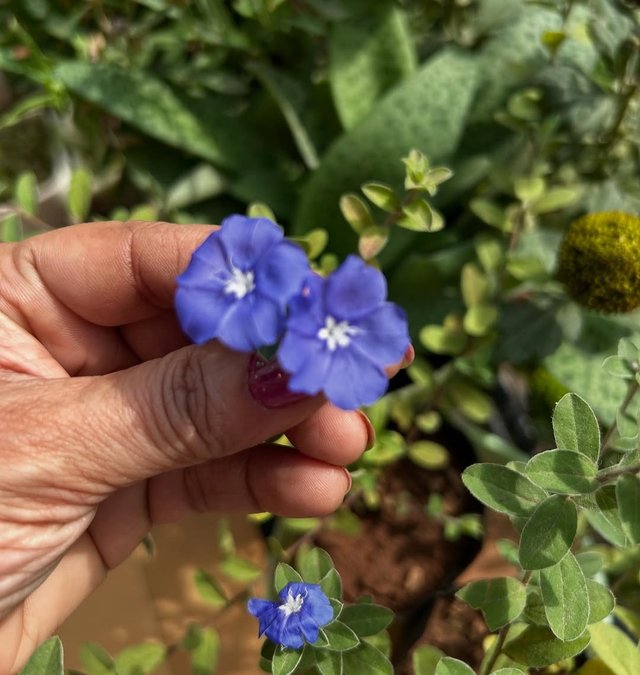Shaggy Dwarf Morning-Glory Flower
The Shaggy Dwarf Morning-glory, also known as Evolvulus sericeus in some references, is a charming little plant that belongs to the Convolvulaceae family, the same family as the more widely known morning-glories. Unlike its twining relatives, this species has a more compact, sprawling, and mat-forming growth habit, making it an ideal groundcover for sunny gardens and natural landscapes. Native to parts of the United States and Mexico, the shaggy dwarf morning-glory thrives in dry, open habitats, where it adds splashes of blue to prairies, sandy soils, and rocky hillsides.
Appearance and Growth Habit
As its name suggests, the plant remains small, usually growing just 4 to 12 inches tall, but it can spread outward to form attractive clusters. The stems are thin and often trailing, giving the plant a low, spreading look rather than climbing or vining. Its leaves are one of its most striking features—small, narrow, and silvery-green, often covered in fine hairs that give them a soft, shaggy appearance. This hairy texture not only protects the plant from intense sunlight but also reduces water loss, making it well-suited for dry environments.
Flowers and Blooming The shaggy dwarf morning-glory produces delicate, funnel-shaped flowers that open to reveal a stunning shade of sky blue to violet-blue with a yellow or white throat. Each flower is relatively small—typically about an inch across—but when many bloom together, they create a dazzling carpet of blue. Like other morning-glories, the blooms usually open in the morning and may close by the afternoon, although this depends on temperature and moisture conditions. The flowering season is fairly long, often extending from spring through summer and sometimes into early autumn, depending on the climate.
Habitat and Ecology
In the wild, Evolvulus nuttallianus is found in prairies, sand dunes, dry meadows, and open rocky areas, particularly in the south-central United States and northern Mexico. It is highly adapted to sandy or well-drained soils and can withstand drought conditions remarkably well. The plant is also attractive to pollinators, especially bees and butterflies, which visit the flowers for nectar. Its ability to thrive in poor soils and challenging environments makes it an important component of native plant communities, helping stabilize soil and support local ecosystems.
Thanks For Reading
Device Information
| Device | Redmi Note 10 Pro |
|---|---|
| Lens | 64 mp |
| Location | Bangladesh |




